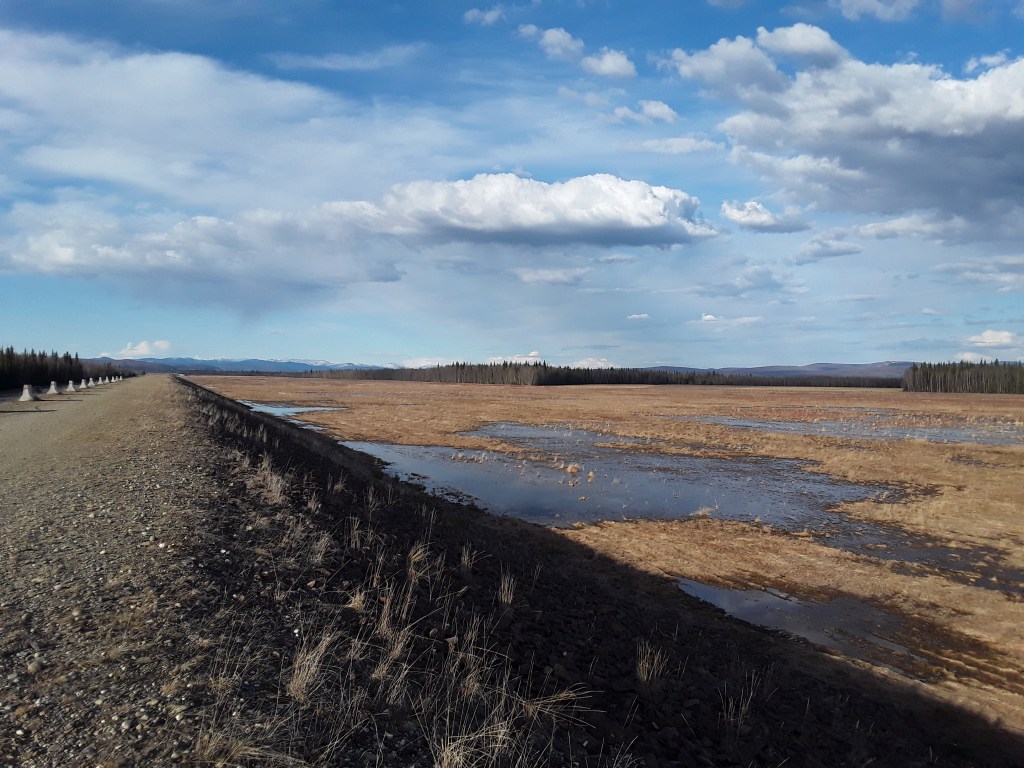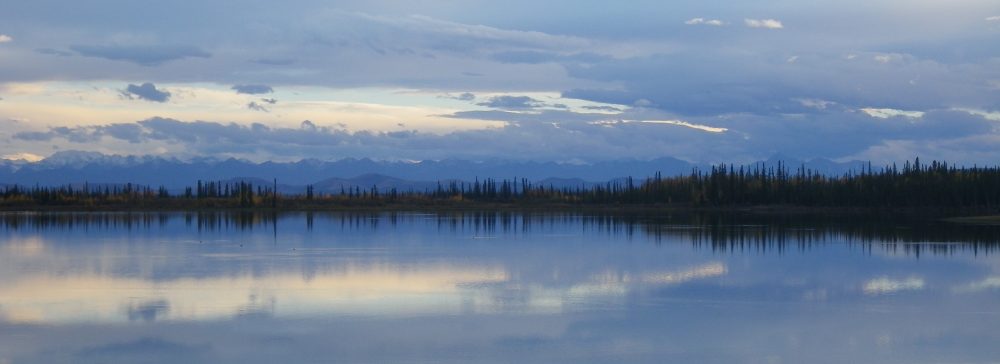Another month in the Interior, and a complete transition from one world to another. Having been up a winter without an Alaskan summer, and many summers without an Alaskan winter, it all finally makes sense. Traveling from the outside in always seemed such an abrupt event that adjustment was an undertaking. Living from one season to the next, however, witnessing the lakes thaw, and the rivers break up, and the trees budding one week and rematerializing decked in green the next, both body and mind undergo a similar shift from dormant to fully alive. The 20-hour days and the 60° temperatures—so amazing when one can tangibly recall 100° down the scale—inject an insistent energy into everything around. It is good to be alive.
COVID has not yet had the dramatic impact on human health here that it has in so many places around the world, though the economic repercussions of weeks of lockdown and the crisis as a whole have only just begun. The Alaskan economy relies heavily on summer tourism, and there will be incredibly limited visitation this year, leaving many without work or an annual income. At the same time, there is trepidation concerning opening the state back up to visitors, as closing the borders prevented an initial spread of the virus, though may have only delayed the inevitable once travel resumes. Life as a whole seems to be moving back to the way it was before, however, or whatever the new normal might look like. Businesses have been okayed to reopen, with minor restrictions, the sun is shining, and Alaskans have reemerged from the confinement of both winter and quarantine. As for myself, I’ve been back at work for several weeks already, and consider myself incredibly fortunate to have employment in the outdoors (or at all, for that matter), as well as considerable chances to explore my surroundings. So much to see and do, and summer has only just begun. A few of those lived opportunities from the past several weeks:
Round-a-Bout. The last part of April and early part of May (something akin to spring, I suppose, or mud season in the Rockies) were a bit of a weird time for electing outdoor activities. It was skiing on the remnants of groomed trails some days, and running on a select few dry paths on others—or even both on the same day. It was slush, ice, miles of standing water, and lots and lots of mud. For the most part, trails were too muddy to walk or drive on, but also not snowy enough to travel. The rivers were melting off, but with huge ice dams creating lethal hazards in unexpected places, hence no early boating. A state of limbo. But it was also a time to get out and get going, time to do something, anything.
I didn’t know anyone when I moved here only a couple of months before the beginning of all this, though thankfully I met a few people just before things started shutting down, and was lucky enough to have one quarantine companion to socialize with during the ordeal. Not sure what life would have been like otherwise, and don’t care to imagine complete isolation for the duration of all those days. The importance of friends has never been more pronounced. Anyways, right before going back to a regular schedule, we headed south for a few days and ended up making a big highway loop from Fairbanks to Delta to Glennallen to Palmer, Talkeetna, Denali, and back. A round-a-bout on a significant portion of Alaska’s limited road system, in other words, the 2,4, 1 & 3, or the Al-Can, Richardson, Glen, and Parks Highways respectively—though the numbers are rarely referred to and the names change confusingly along the way. The original intention was to travel the Denali Highway, which is in reality a 130 miles of dirt road on the south side of the Alaska Range, but we only made it in about 20 miles from either side as several feet of snow prevented through travel. Even that early in the year, however, the daylight was abundant, allowing for lots of sightseeing and plenty of hiking around. Highlights were moving through a wide variety of terrain and weather conditions—bone dry mountains on one side and pure winter on the opposite; hikes up Donnelly Dome, Lion’s Head, along the Matanuska in Palmer, and down to the Nenana River in a couple different places in Denali; witnessing huge chunks of ice crashing their way down the Susitina and Chulitna Rivers; lots of wildlife including groupings of moose grazing together and a quick glimpse of a wolverine crossing a dirt road; and amazing views of Denali from multiple vantages.
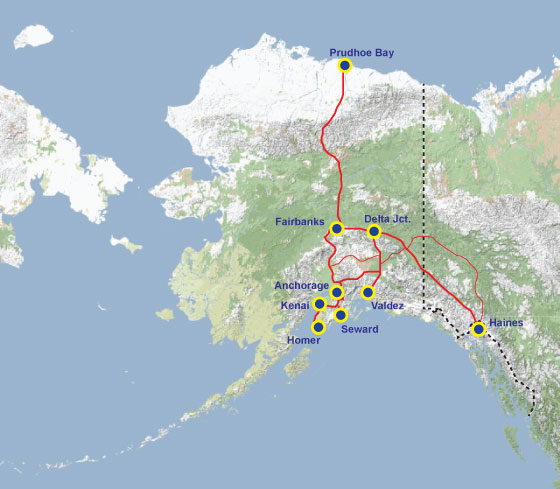

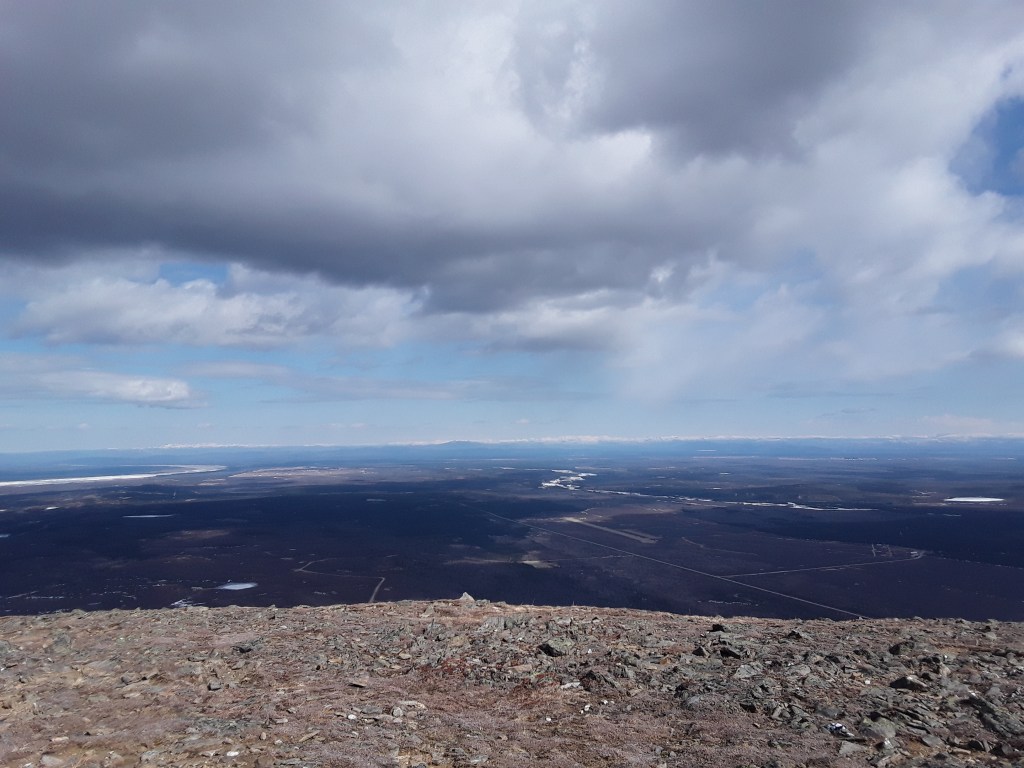
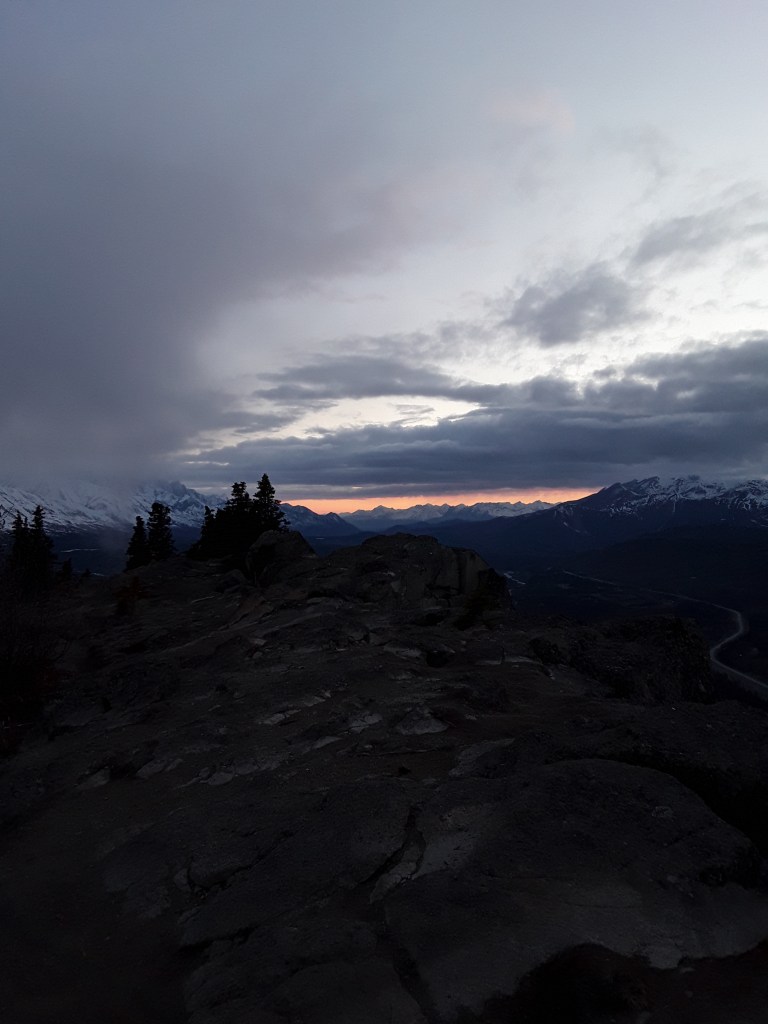
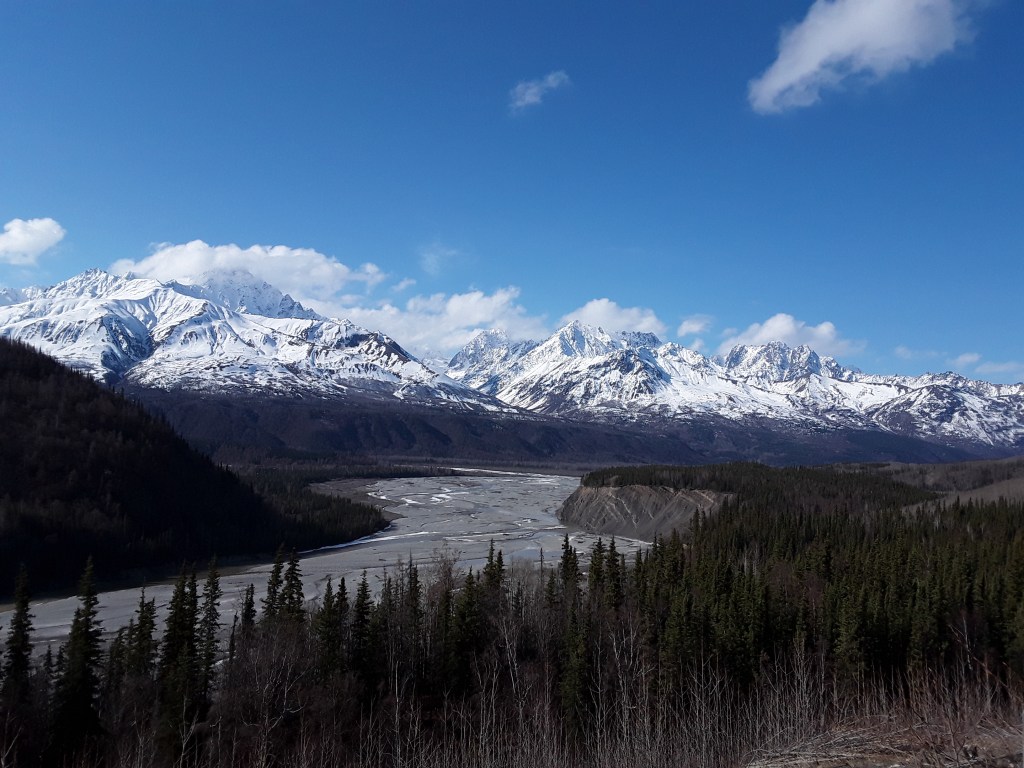
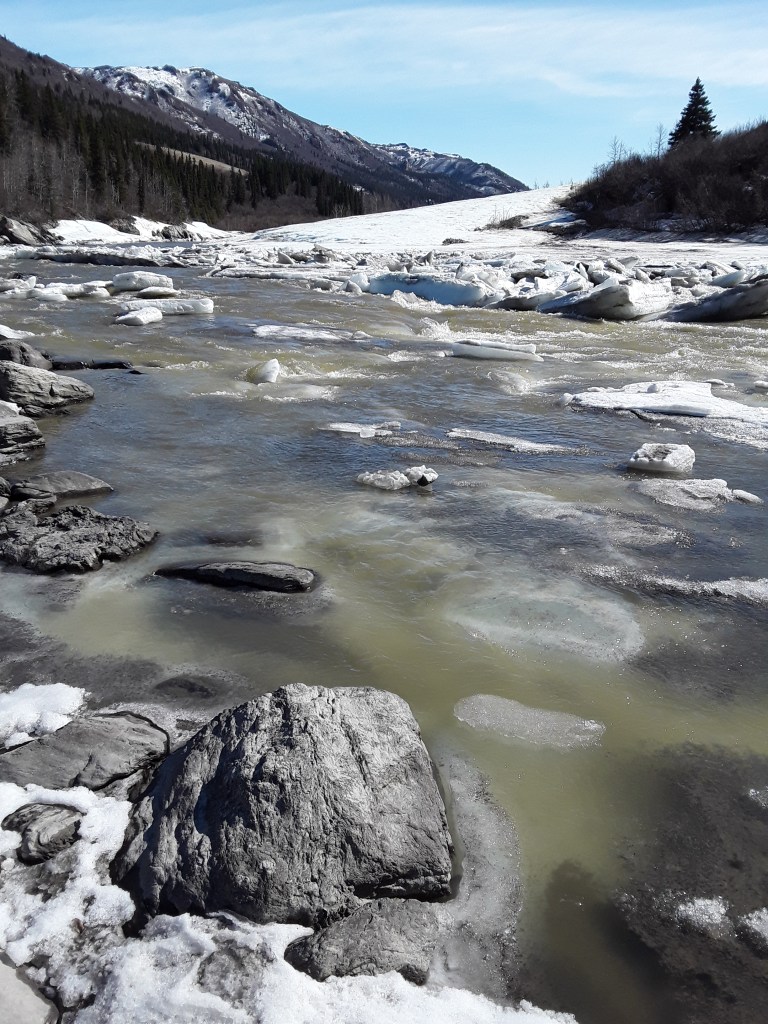

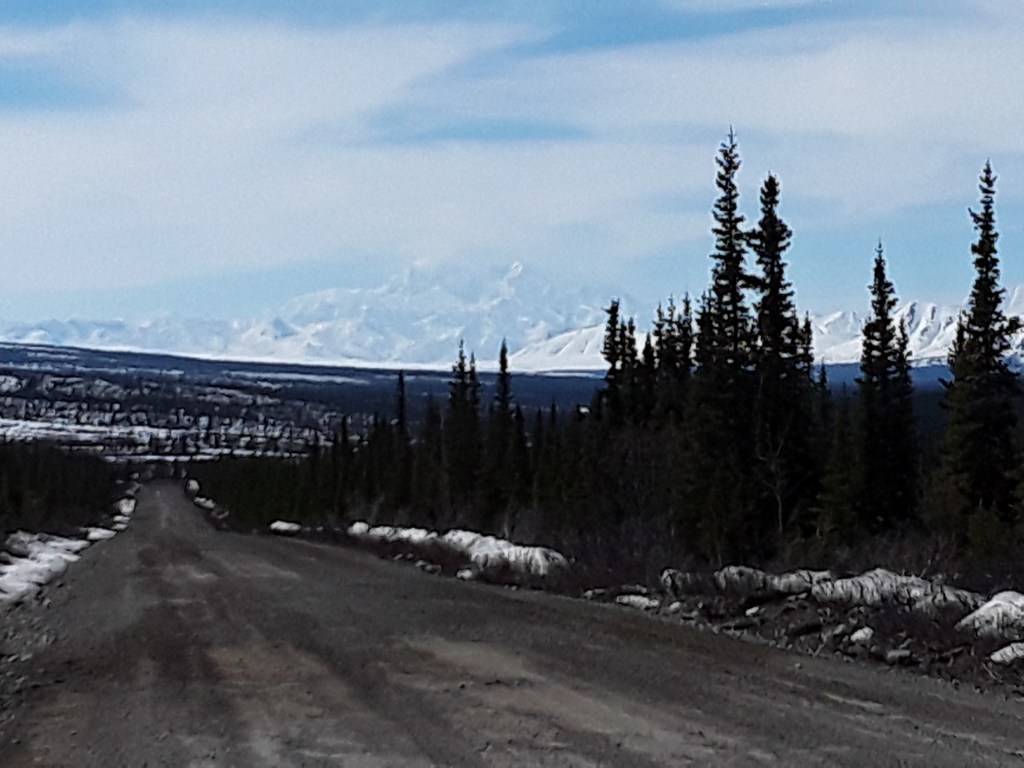
Delta Clearwater. Finally, after weeks of waiting to get on some moving water, the opportunity presented itself with an overnight on the Delta Clearwater. The original plan was to float the Chatanika, but hot temps and excessive melting created flooding throughout the area, so last minute research revealed another local run which proved to be the perfect spring float and testing run for the little ‘pack raft’ I plan on using for the summer. There are two commonly run trips on the river, both of which begin about 12 miles from the confluence of the Delta Clearwater and the Tanana. Each trip involves floating those miles of the Clearwater and then joining up with the Tanana. The shorter run, which I chose this time, ends with a mile float down the Tanana, followed by a one-mile paddle up a side stream to Clearwater Lake. The second option is to continue another 18 miles on the Tanana and end up at a bridge just outside of Delta Junction, something I certainly hope to get in before the end of fall. Both are also amenable to a bike shuttle, which is always an awesome way to deal with logistics. The Clearwater itself is a bit more developed than I’d imagined, with lots of summer cabins along the banks, though has its wild sections and certainly lives up to its name with crystal clear water revealing school after school of fish swimming below. There was also lots of waterfowl, along with a great campsite and sunset, a couple well-timed rain showers, and more of a wilderness feel the last few miles.
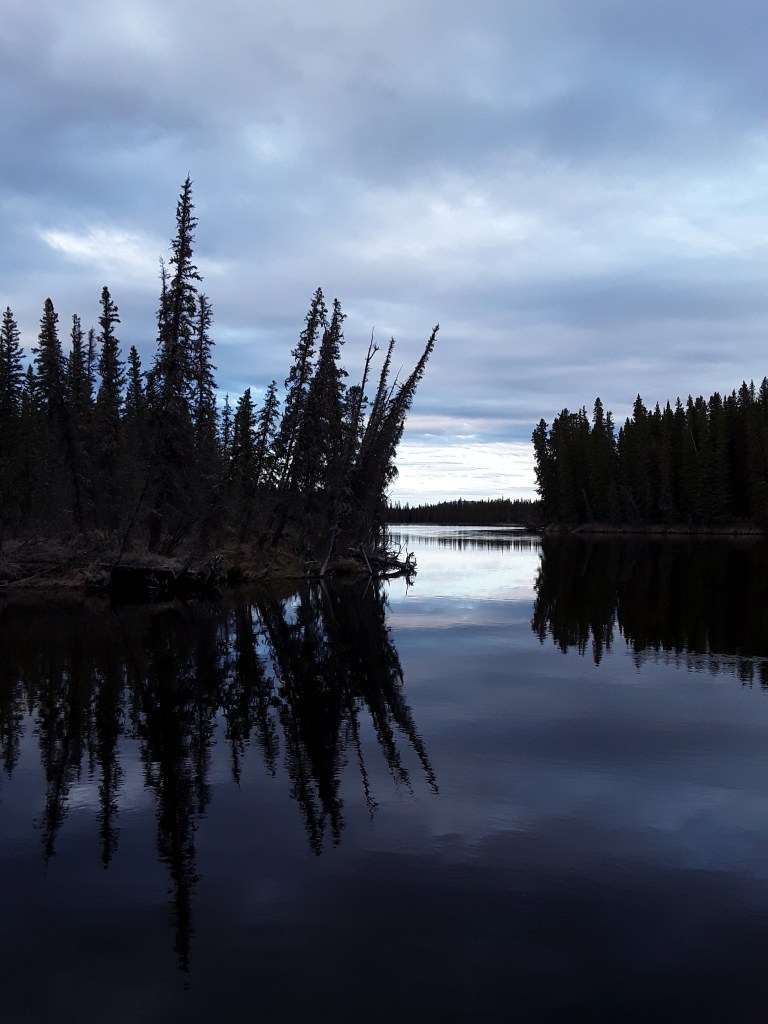
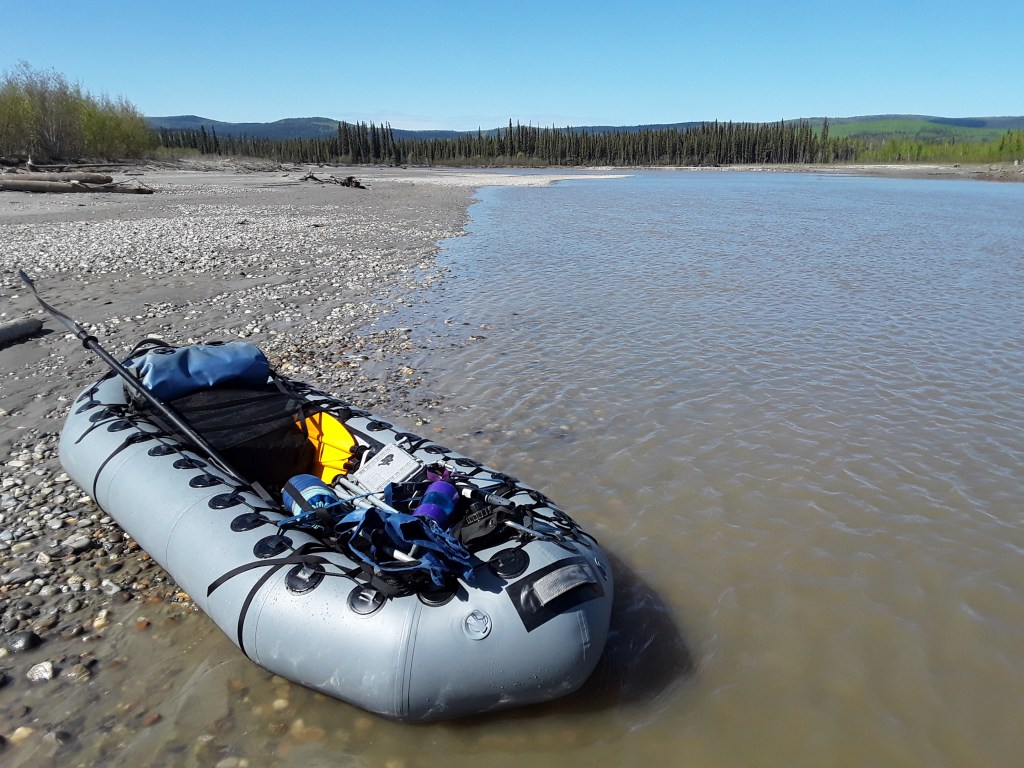

Tanana. My next couple days off (full weekend warrior mode (though with Tuesdays & Wednesdays as weekends)) I paddled 56 miles of the Tanana from the Pump House in Fairbanks down to the town of Nenana. I left at noon the first day and arrived around 5 the next, and got incredibly lucky with a steady downstream breeze and the push of some high water current. Could have been brutal otherwise, as the Tanana is a massive river (the largest tributary of the Yukon) which can be miles wide, and slow moving as it meanders through multiple braided channels for the majority of the time. The highlight of this trip was definitely the island camp which I found at exactly the mileage I’d hoped for after an afternoon of steady paddling. A small flat sand patch surrounded by mounds of driftwood, with an excellent view of the Alaska Range in the background.
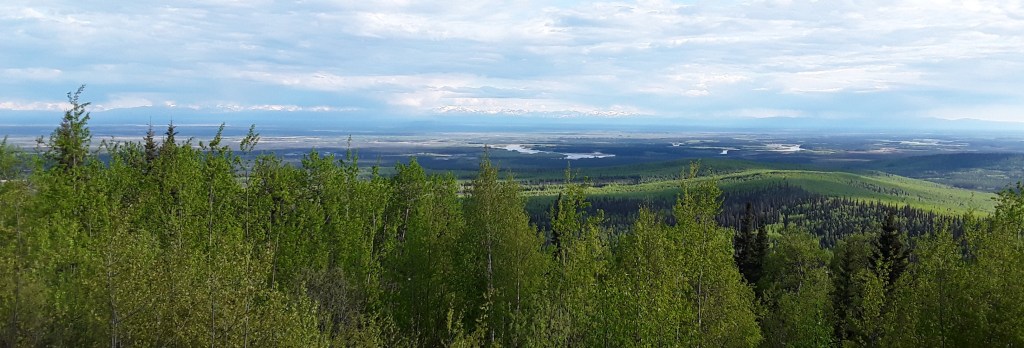
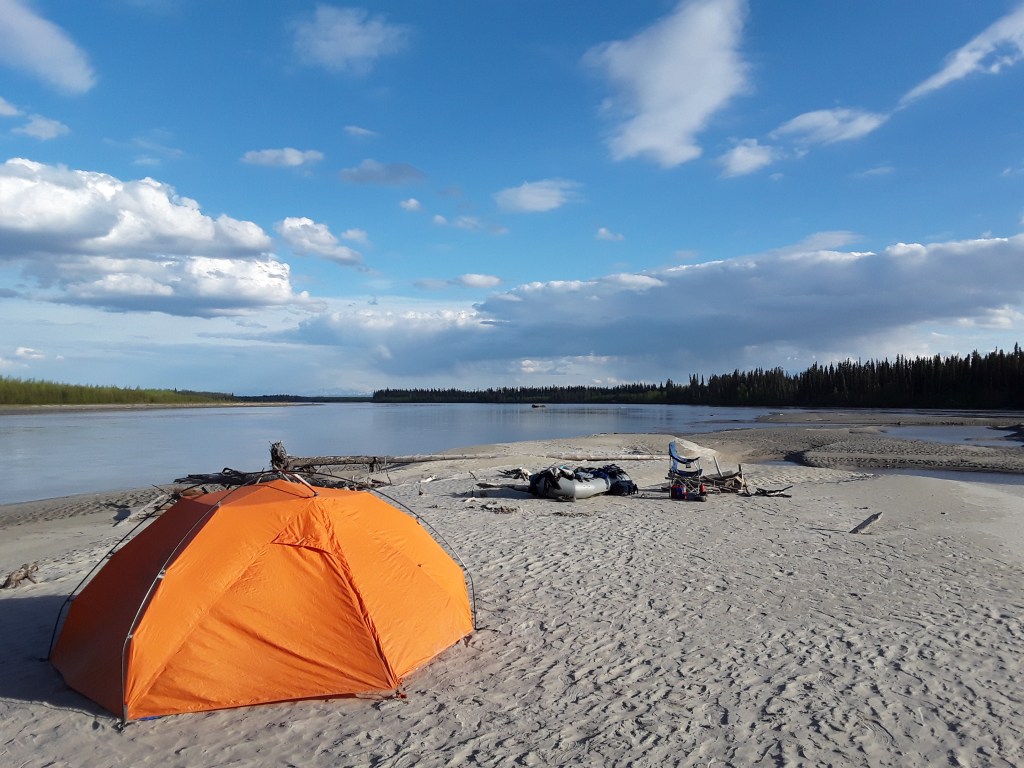
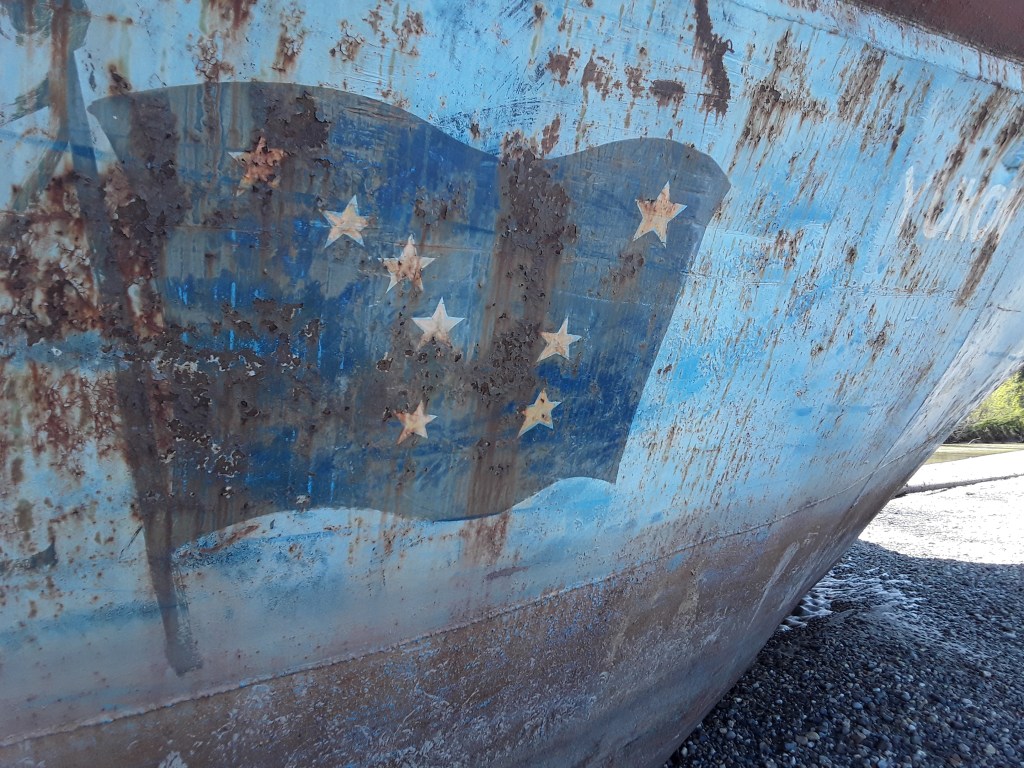
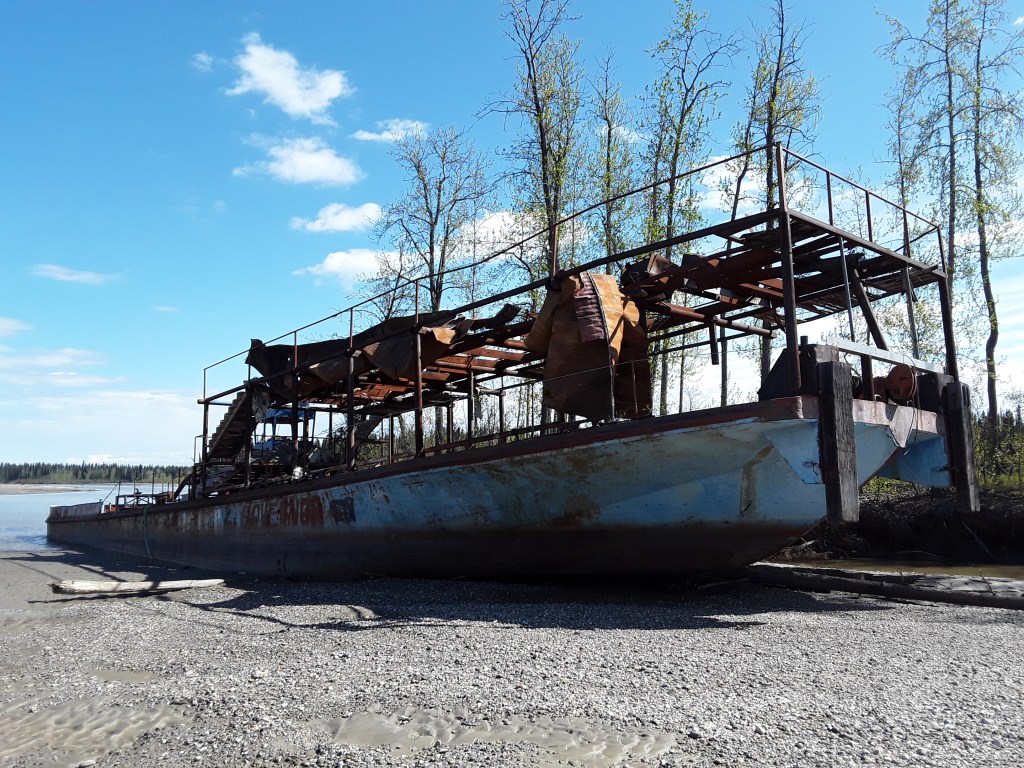
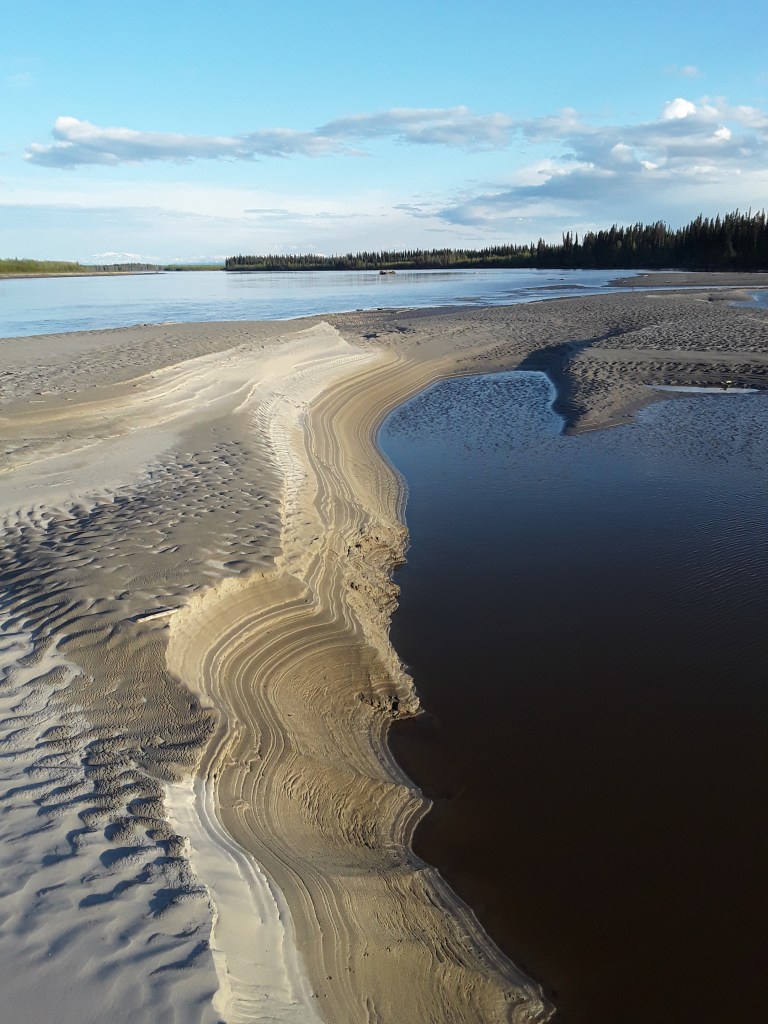
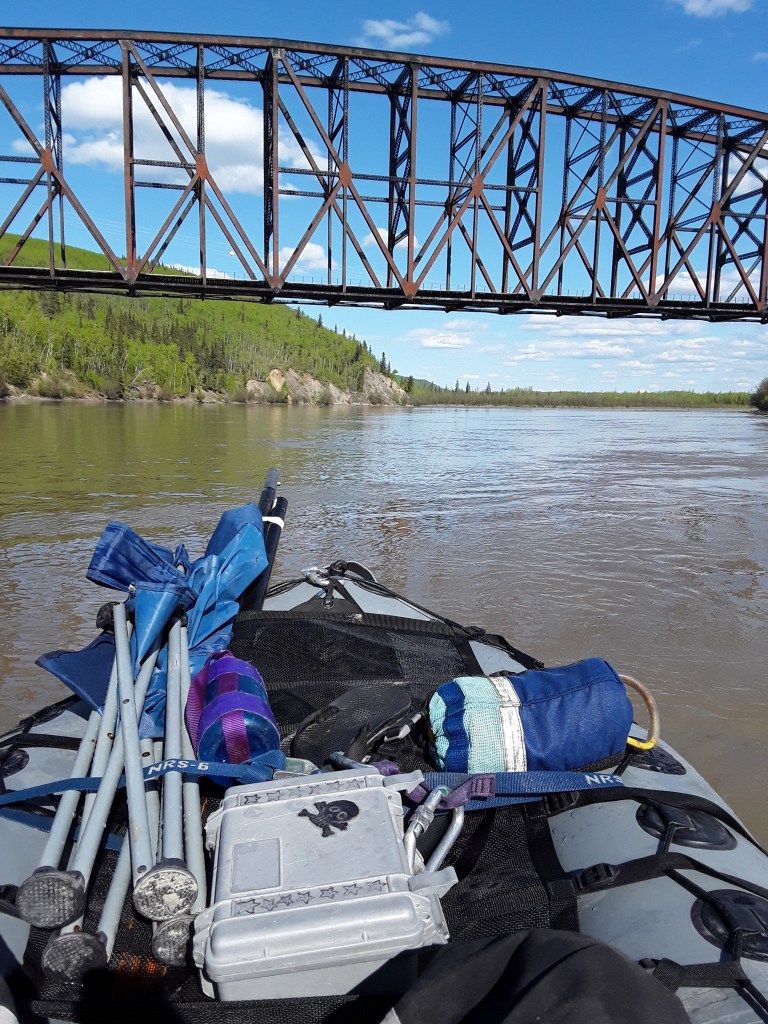
Up Close. Hard to not be effusive when detailing the amount of potential in this area of the state. Summer seems to hold even more prospects than winter, with an abundance of hiking, climbing, biking, boating, etc. all within an hour’s drive. There are trails galore, a profusion of float trips from a few hours to a few weeks, and lakes, mountains, and rivers in every direction. The hardest part is narrowing down the next adventure, and trying not to worry about how much you’re missing out on while doing it!
